Year 1
The English curriculum is built around the three interrelated strands of language, literature and literacy. Teaching and learning programs should balance and integrate all three strands. Together, the strands focus on developing students' knowledge, understanding and skills in listening, reading, viewing, speaking, writing and creating. Learning in English builds on concepts, skills and processes developed in earlier years, and teachers will revisit and strengthen these as needed.
In Year 1, students communicate with peers, teachers, known adults and students from other classes.
Students engage with a variety of texts for enjoyment. They listen to, read, view and interpret spoken, written and multimodal texts designed to entertain and inform. These encompass traditional oral texts including Aboriginal stories, picture books, various types of stories, rhyming verse, poetry, non-fiction, film, dramatic performances and texts used by students as models for constructing their own texts.
The range of literary texts for Foundation to Year 10 comprises Australian literature, including the oral narrative traditions of Aboriginal and Torres Strait Islander Peoples, as well as the contemporary literature of these two cultural groups, and classic and contemporary world literature, including texts from and about Asia. Literary texts that support and extend Year 1 students as independent readers involve straightforward sequences of events and everyday happenings with recognisably realistic or imaginary characters. Informative texts present a small amount of new content about familiar topics of interest and topics being studied in other areas of the curriculum. These include decodable and predictable texts which present a small range of language features, including simple and compound sentences, some unfamiliar vocabulary, a small number of high-frequency words and words that need to be decoded phonically, as well as illustrations and diagrams that support the printed text.
Students create a variety of imaginative, informative and persuasive texts including recounts, procedures, performances, literary retellings and poetry.
(source: www.australiancurriculum.edu.au)
Achievement Standard
Receptive modes (listening, reading and viewing)
By the end of Year 1, students understand the different purposes of texts. They make connections to personal experience when explaining characters and main events in short texts. They identify that texts serve different purposes and that this affects how they are organised. They describe characters, settings and events in different types of literature.
Students read aloud, with developing fluency. They read short texts with some unfamiliar vocabulary, simple and compound sentences and supportive images. When reading, they use knowledge of the relationship between sounds and letters, high-frequency words, sentence boundary punctuation and directionality to make meaning. They recall key ideas and recognise literal and implied meaning in texts. They listen to others when taking part in conversations, using appropriate language features and interaction skills.
Productive modes (speaking, writing and creating)
Students understand how characters in texts are developed and give reasons for personal preferences. They create texts that show understanding of the connection between writing, speech and images.
They create short texts for a small range of purposes. They interact in pair, group and class discussions, taking turns when responding. They make short presentations on familiar topics. When writing, students provide details about ideas or events, and details about the participants in those events. They accurately spell high-frequency words and words with regular spelling patterns. They use capital letters and full stops and form all upper- and lower-case letters correctly.
(source: www.australiancurriculum.edu.au)
- Plus Plan
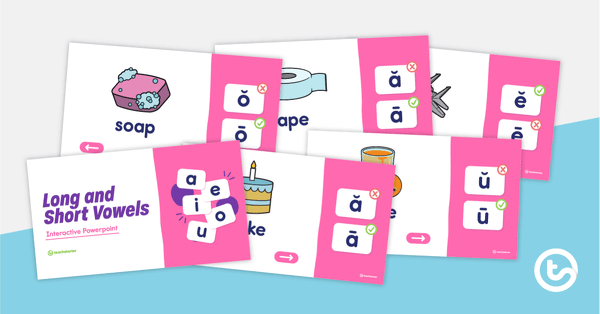
Differentiating Long and Short Vowels Interactive PowerPoint
An interactive quiz to practise differentiating between long and short vowel sounds in words.
- Plus Plan
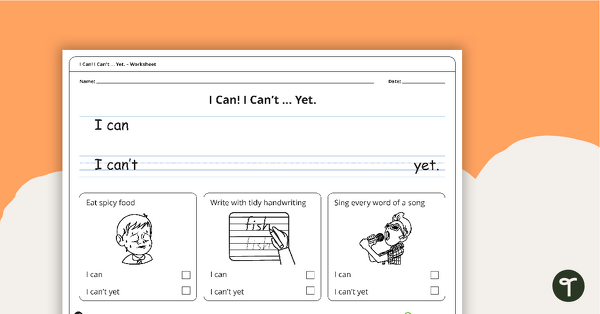
I Can! I Can't ... Yet. – Handwriting Worksheet (Version 4)
A handwriting worksheet designed to help students goal set by reflecting on what they can and cannot do yet.
- Plus Plan
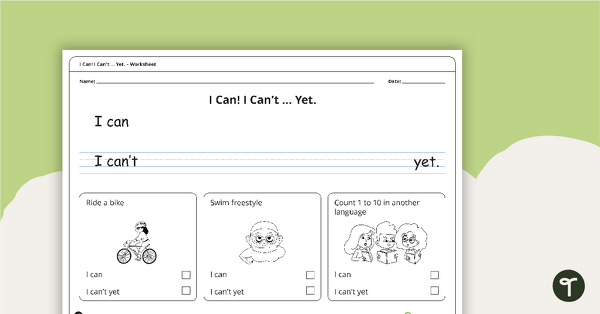
I Can! I Can't ... Yet. – Handwriting Worksheet (Version 3)
A handwriting worksheet designed to help students goal set by reflecting on what they can and cannot do yet.
- Plus Plan

I Can! I Can't ... Yet. – Handwriting Worksheet (Version 2)
A handwriting worksheet designed to help students goal set by reflecting on what they can and cannot do yet.
- Plus Plan
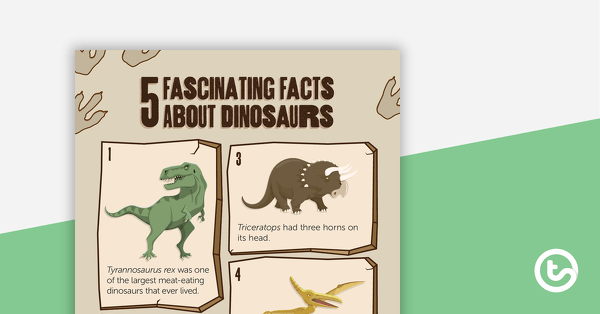
5 Fascinating Facts About Dinosaurs – Worksheet
A comprehension worksheet for a fascinating facts article from the Year 1 magazine (Issue 2).
- Plus Plan
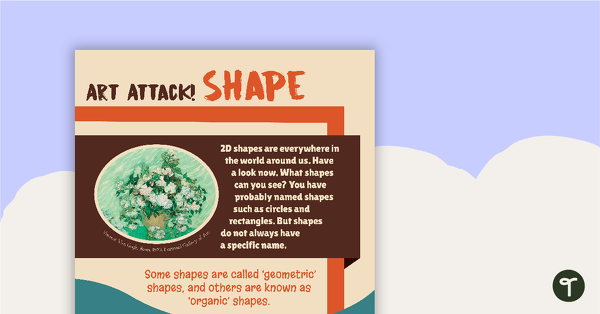
Art Attack! Shape – Worksheet
A comprehension worksheet for a magazine article from the Year 2 magazine (Issue 3).
- Plus Plan
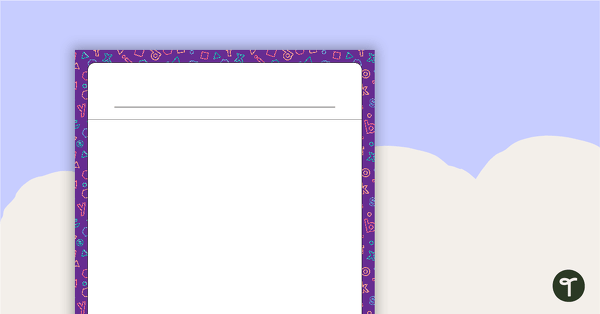
Create and Write – Art Template
A template designed for students to display their writing and illustrations.
- Plus Plan
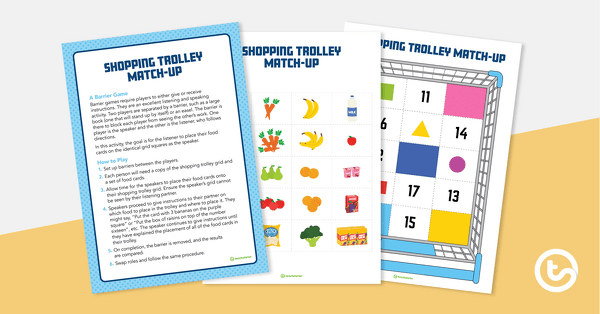
Shopping Trolley Match-Up Activity
A fun activity to be used to reinforce a variety of mathematical concepts.
- Plus Plan
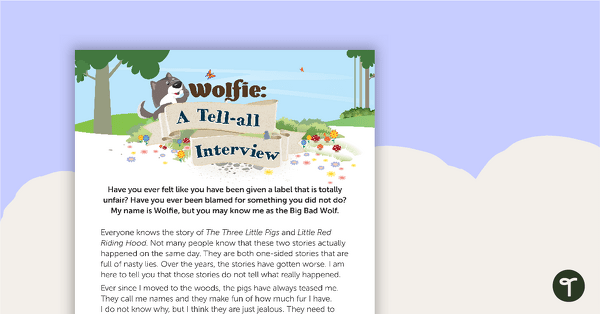
Wolfie: A Tell-all Interview – Worksheet
A comprehension worksheet for a narrative from the Year 2 magazine (Issue 3).
- Plus Plan
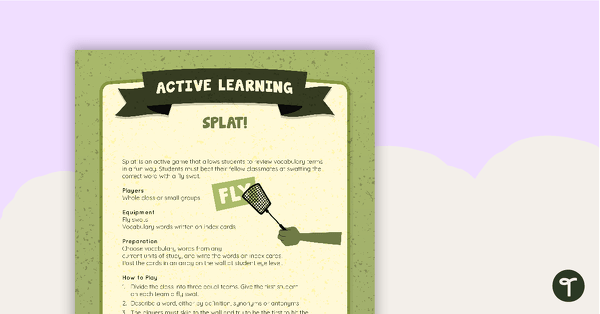
Splat! Active Game
An active game that allows students to test and build their vocabulary knowledge.
- Plus Plan
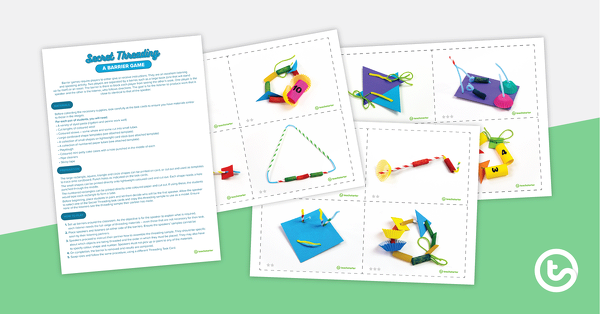
Secret Threading Task Cards
A set of 24 threading activity cards.
- Plus Plan

The Power of One Noun
A worksheet that can be used when studying nouns or as a getting to know you activity.
- Plus Plan
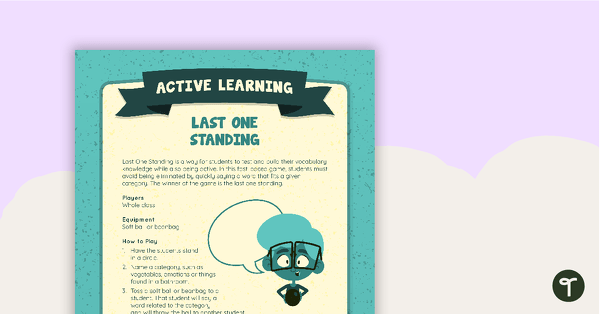
Last One Standing Active Game
An active game that allows students to build their vocabulary knowledge.
- Plus Plan
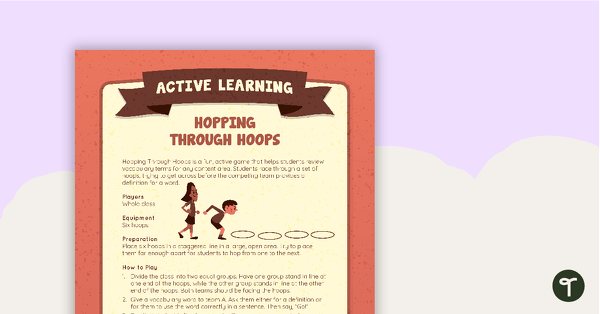
Hopping Through Hoops Active Game
An active game that allows students to review vocabulary words for any content area.
- Plus Plan
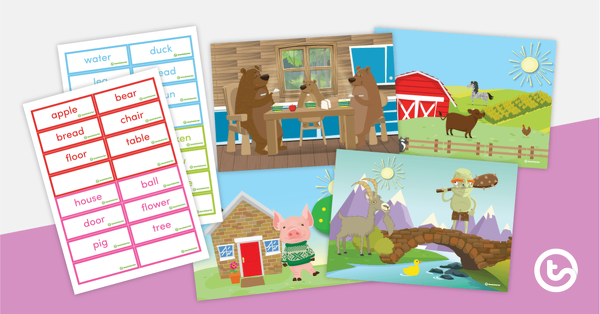
I Know That Word! Match-Up Activity
A vocabulary/labelling activity for younger students.
- Plus Plan
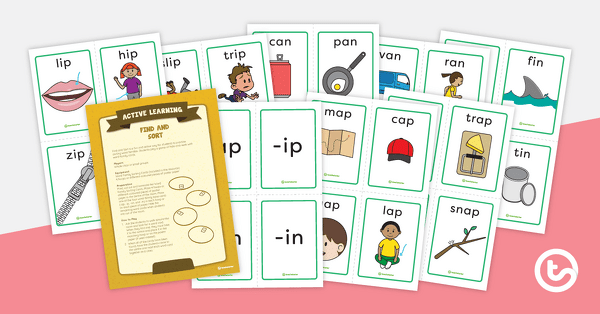
Find and Sort Active Game
An active game that allows students to practise sorting word families.
- Plus Plan
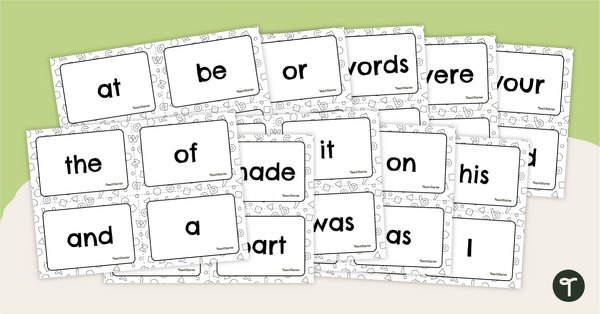
Fry Sight Words Flash Cards
A set of flash cards for the first 100 Fry Sight Words.
- Plus Plan

Around in Circles Active Game
An active game to use when reviewing any type of content with your students.
- Plus Plan
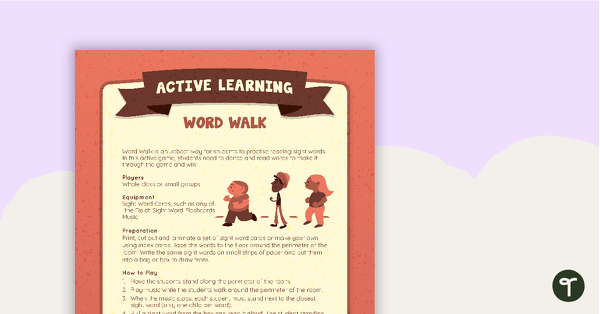
Word Walk Active Game
An active game that allows students to practise reading sight words.
- Plus Plan

Team Trials: Success Celebrators – Comprehension Worksheet
A comprehension worksheet for a comic about the importance of good sportsmanship and celebrating the success of others.
- Plus Plan
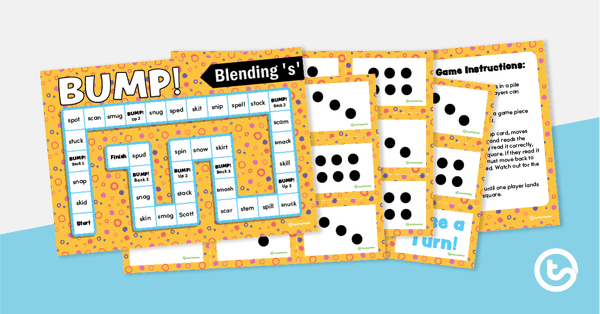
BUMP! Blending 's' – Board Game
A board game to practise decoding words with an initial s blend.
- Plus Plan
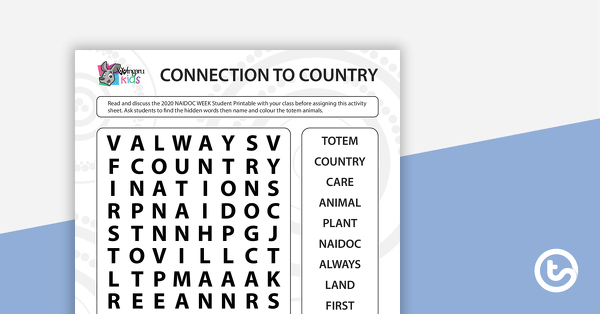
NAIDOC Week Connection to Country Word Search - Lower Primary
A NAIDOC Week Connection to Country Word Search suitable for lower primary school students.
- Plus Plan
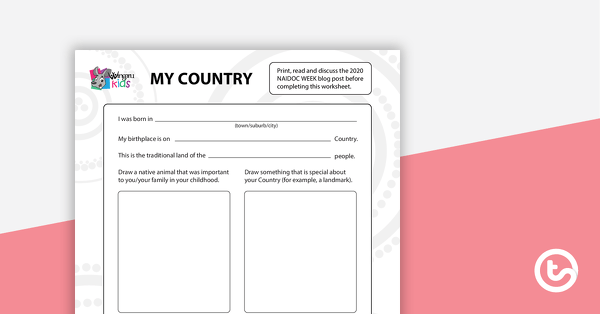
NAIDOC Week My Country Worksheet - Lower Primary
A NAIDOC Week "My Country" worksheet suitable for lower primary school students.
- Plus Plan
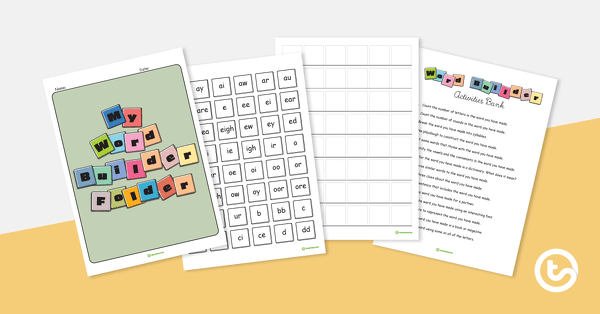
My Word Builder Folder
An individual word building folder to develop and consolidate students’ phonemic awareness.
- Plus Plan
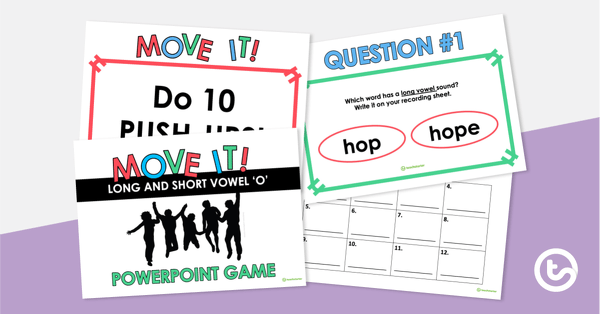
Move It! - Long and Short Vowel 'o' PowerPoint Game
An active PowerPoint game to practise reading and identifying long and short vowel ‘o’ words.
- Plus Plan

Move It! - Long and Short Vowel 'i' PowerPoint Game
An active PowerPoint game to practise reading and identifying long and short vowel ‘i’ words.
- Plus Plan
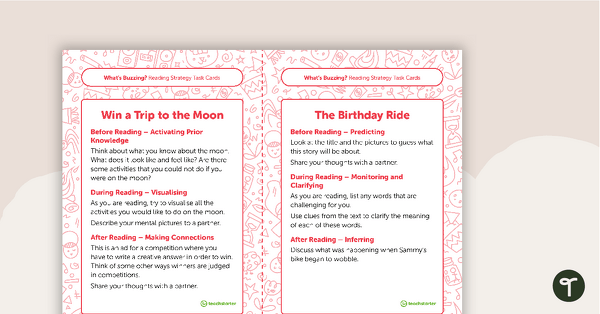
Year 1 Magazine – "What's Buzzing?" (Issue 3) Task Cards
A set of five literacy rotation task cards to be used in conjunction with Issue 3 of Teach Starter’s Year 1 magazine.
- Plus Plan
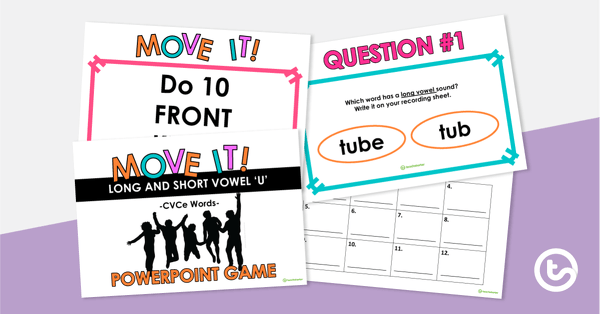
Move It! - Long and Short Vowel 'u' PowerPoint Game
An active PowerPoint game to practise reading and identifying long and short vowel ‘u’ words.
- Plus Plan
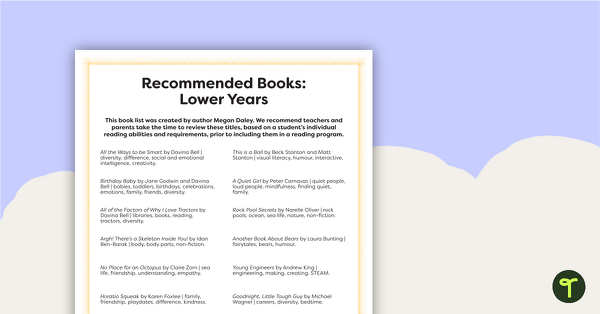
Recommended Books: Lower Years
A list of recommended books for lower years created by award-winning teacher-librarian Megan Daley.
- Plus Plan
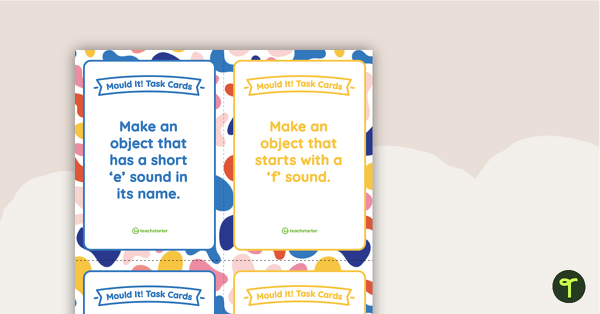
Mould It! Task Cards
A set of 28 playdough activity cards.
- Plus Plan
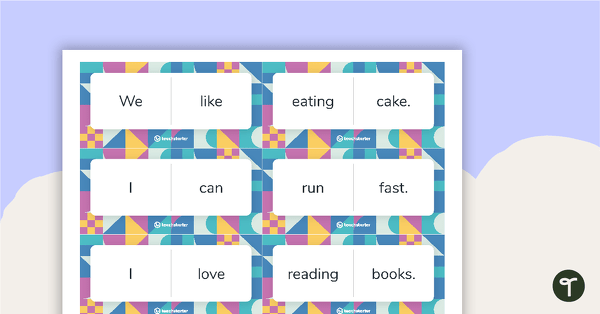
Simple Sentence Dominoes (Version 3)
A set of 30 dominoes to assist younger students with building simple sentences.
- Plus Plan
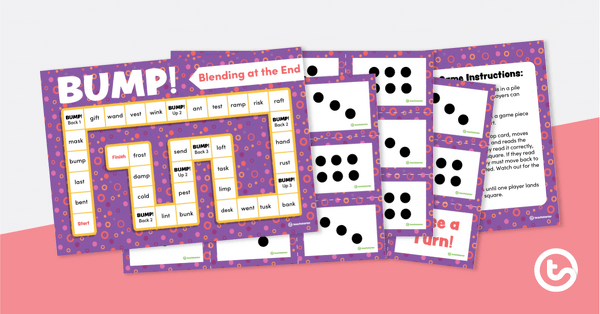
Bump! Blending at the End of a Word - Board Game
Practise decoding words with a final consonant blend with this board game.